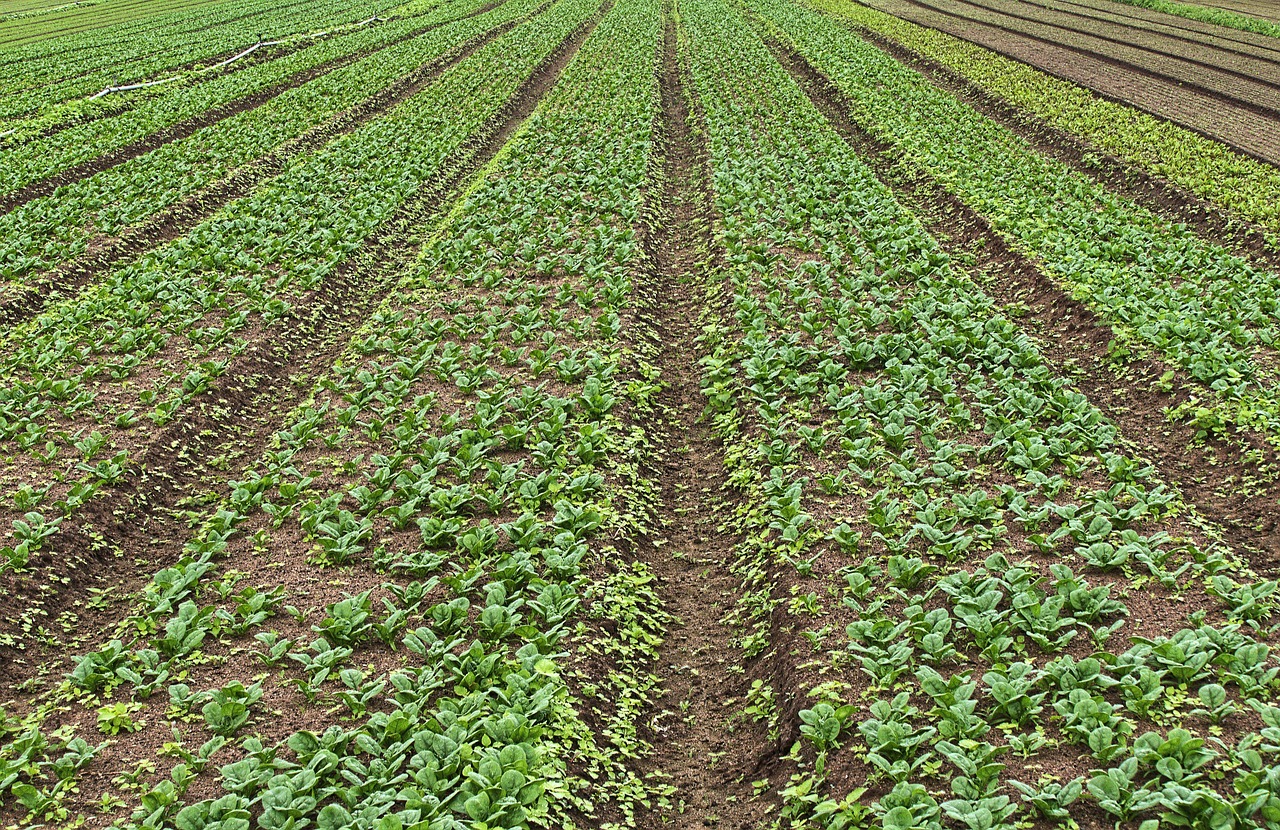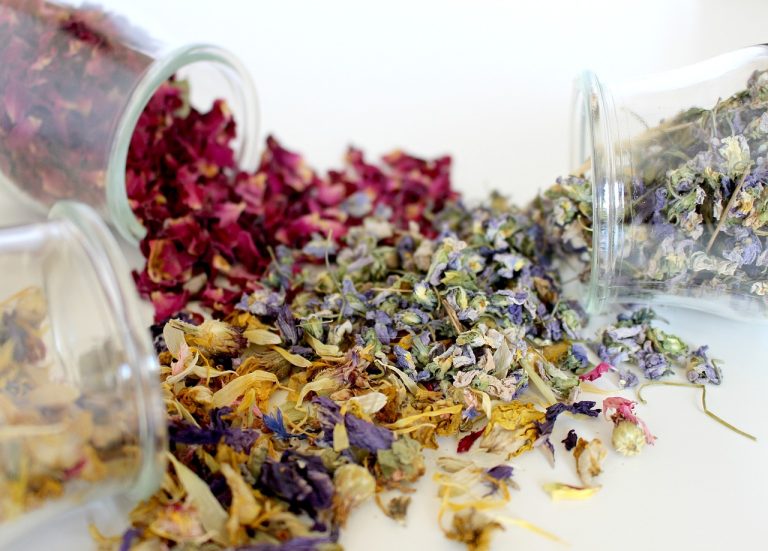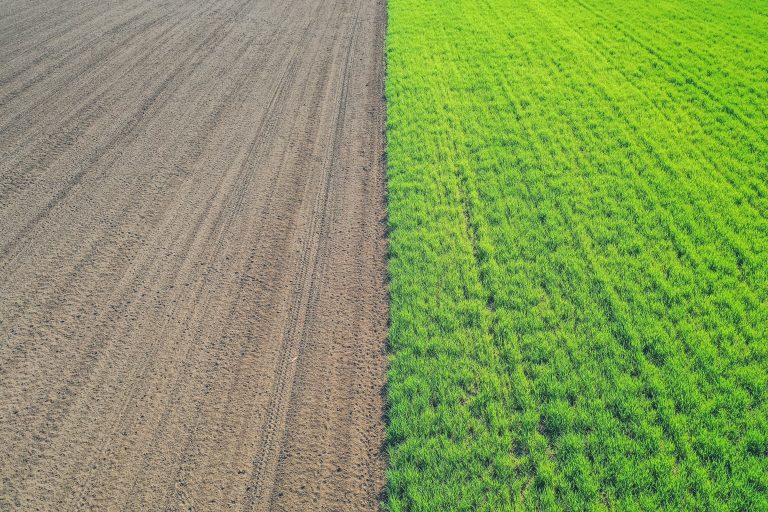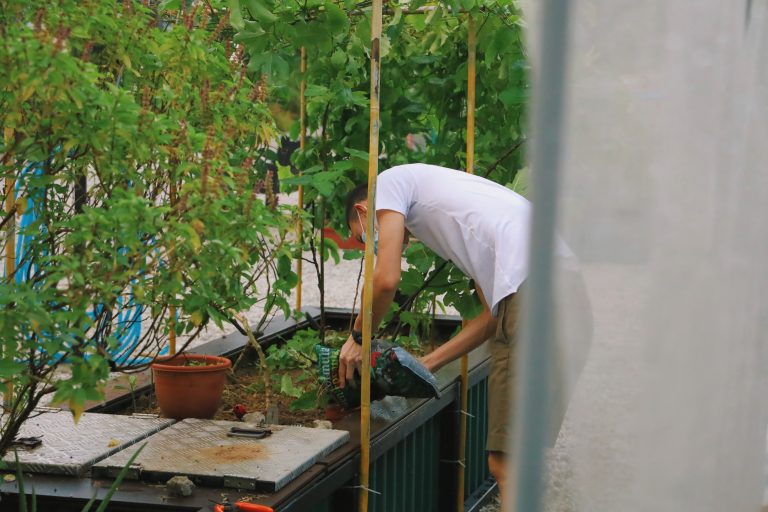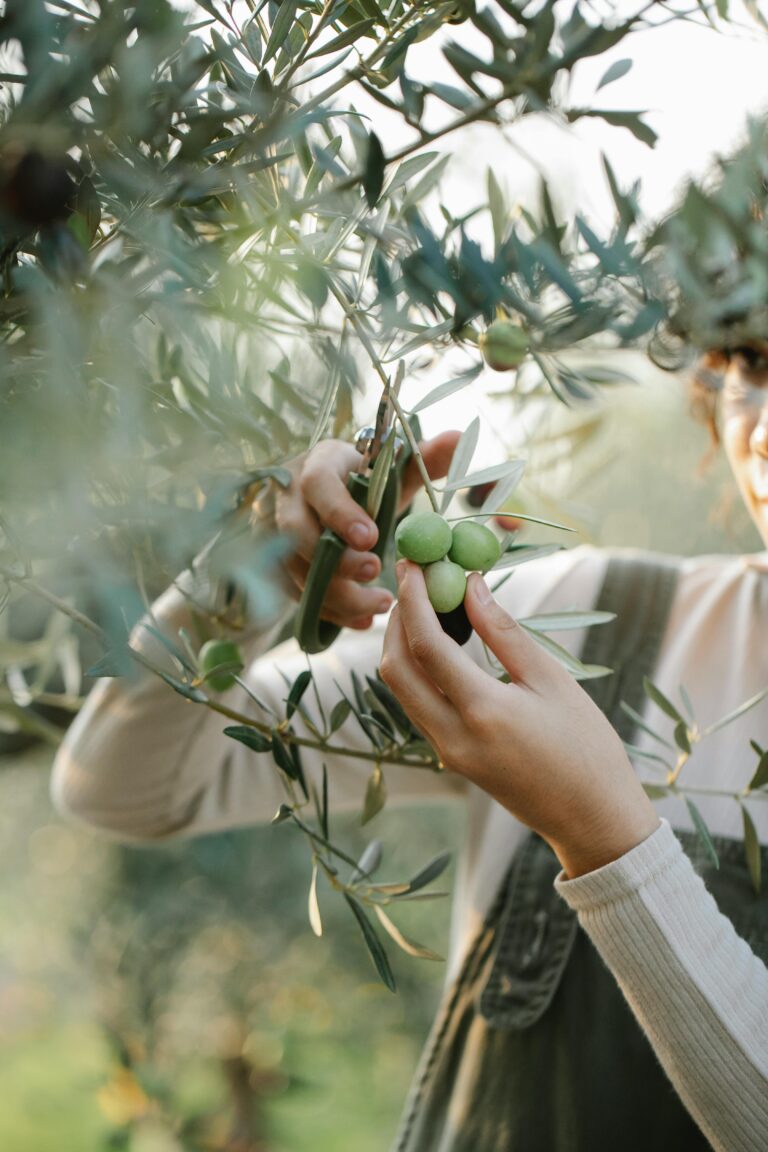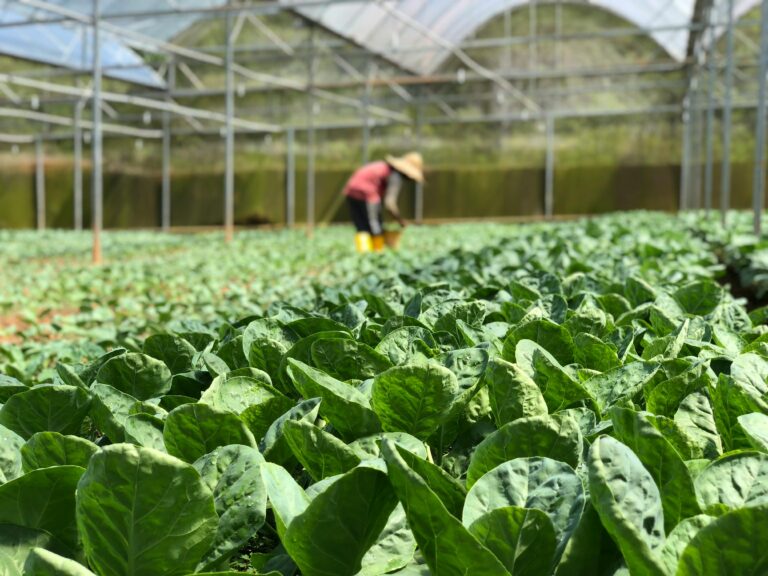Why Fall Cover Crops Are Essential for Soil Enrichment
Intro
In the realm of regenerative farming, cover crops play a crucial role in promoting soil health and sustainability. These crops are not meant for harvest but rather to cover the soil surface, providing a multitude of benefits to the ecosystem. Cover crops can help improve soil structure, increase fertility, reduce erosion, suppress weeds, manage pests and diseases, and enhance water management. In this blog post, we will delve into the importance of planting cover crops in the fall season and explore some of the best options for enriching your soil.
What Are Cover Crops?
Cover crops, often termed as “green manure,” are primarily planted not for harvest but to enhance the soil’s health, structure, and fertility. These plants play an integral role in regenerative agriculture and gardening by occupying the soil in periods when it might otherwise lay bare. The practice of planting cover crops is a cornerstone of sustainable agriculture, focusing on the long-term health of the ecosystem rather than short-term gain.
There exists a diverse range of cover crops, each with unique benefits and adapted to different environmental conditions and agricultural needs. Among these, legumes, grasses, and brassicas are the most commonly utilized categories, each playing a distinct role in soil management and health.
Legumes, including species like clover and vetch, are renowned for their ability to fix atmospheric nitrogen into the soil. This process is facilitated by symbiotic bacteria in the plant roots, converting nitrogen gas from the air into a form that can be absorbed and utilized by plants. This natural fertilization method reduces the need for synthetic nitrogen fertilizers, lowering costs and environmental impact.
Grasses, such as winter rye and annual ryegrass, have extensive root systems that penetrate deep into the soil. These roots help to break up compacted layers, increase soil porosity, and enhance root penetration for future crops. The physical structure provided by these roots also significantly aids in erosion control, keeping the soil in place during adverse weather conditions.
Brassicas, like radishes and turnips, are known for their biofumigation properties. They can suppress soil-borne pests and diseases through the natural compounds they release as they decompose. Additionally, their deep taproots can penetrate compacted soil layers, improving aeration and water infiltration.
By incorporating organic matter into the soil as they decompose, cover crops enrich the soil with essential nutrients and organic material. This process improves the soil’s structure, making it more friable and enhancing its water-holding capacity. Furthermore, the presence of cover crops helps to sustain a diverse and active microbial community in the soil, essential for nutrient cycling and soil health.
Engaging in the practice of planting cover crops, therefore, offers a multiplicity of benefits, from enhancing soil fertility to managing pests and diseases, and even improving water management within the ecosystem. This strategy stands as a testament to the principles of regenerative farming, emphasizing the importance of maintaining a healthy and vibrant soil ecosystem for sustainable agricultural and gardening practices.
Benefits of Planting Cover Crops in Fall
The fall season offers a prime opportunity to bolster soil health through the strategic use of cover crops. As temperatures drop and summer crops are harvested, introducing cover crops can significantly impact the soil’s vitality and the overall ecosystem’s resilience.
Soil enrichment is a paramount benefit, with cover crops contributing vital organic matter. This process is integral in fostering a rich, nutrient-dense environment conducive to subsequent planting seasons. The addition of organic matter is not merely a boost in nutrients; it’s a fundamental aspect of building soil structure. This improved structure enhances microbial life, which plays a critical role in nutrient cycling, further enriching the soil.
Erosion control is another critical advantage of implementing cover crops in fall. Their growth provides a protective canopy and root system that binds the soil, safeguarding it against the erosive forces of rain and wind prevalent in fall and winter. This protection is essential in preserving topsoil and maintaining a landscape’s geomorphological integrity.
Weed suppression offered by cover crops introduces a natural method to manage unwanted vegetation. Through direct competition for resources and the physical barrier they create, cover crops minimize weed germination and growth. This natural weed management strategy reduces reliance on chemical herbicides, aligning with sustainable farming principles.
Pest and disease management are further enhanced by the strategic selection and planting of cover crops. Certain species can disrupt the life cycles of pests and diseases, either through direct antagonistic effects or by fostering a beneficial habitat for predator species. This biological control method is pivotal in reducing the incidence of crop damage and disease spread.
Improved water management is an often-overlooked benefit of cover crops. By enhancing the soil’s ability to infiltrate and retain water, these plants help mitigate against both drought stress and excessive water runoff. This not only conserves water but also reduces nutrient leaching, maintaining a more balanced and productive soil ecosystem.
Each of these benefits underscores the critical role that fall-planted cover crops play in sustainable agriculture and garden management. By leveraging the natural properties and functions of these plants, farmers and gardeners can significantly enhance the health and productivity of their soil, setting the stage for more successful growing seasons ahead.
Best Cover Crops for Fall Planting
Selecting the right cover crops for fall planting is essential for optimizing the benefits to soil health and ecosystem vitality. Here, we spotlight three standout options that are particularly well-suited to autumn sowing.
Winter Rye stands out for its robustness and versatility, making it an indispensable ally in the fight against soil erosion and nutrient depletion during the colder months. Its rapid germination and growth rate ensure that the soil is quickly covered, reducing the impact of wind and water erosion significantly. Moreover, its deep root system works wonders in breaking up compacted soil, paving the way for improved water infiltration and aeration, which are crucial for the health of future crops.
Crimson Clover is renowned for its aesthetic appeal and ecological benefits. This legume is a powerhouse of nitrogen fixation, drawing nitrogen from the air and enriching the soil for the next planting cycle. Its beautiful red flowers not only add color to the landscape but also attract a variety of pollinators, contributing to the biodiversity of the garden. Crimson clover’s thick growth can effectively suppress weeds and prevent soil erosion, making it a dual-purpose cover crop for enhancing both soil fertility and garden aesthetics.
Annual Ryegrass is celebrated for its quick establishment and dense growth, which offer immediate benefits in terms of soil structure and health. Its fibrous root system is excellent for soil stabilization and can help to prevent the leaching of valuable nutrients during heavy fall rains. In addition to its soil-enhancing capabilities, annual ryegrass acts as a natural weed suppressant, outcompeting potential weed growth and reducing the need for chemical herbicides.
When incorporating these cover crops into your fall garden, it’s essential to consider your specific soil needs and the primary benefits you wish to achieve. Whether you’re looking to enhance soil fertility, control erosion, suppress weeds, or attract beneficial insects, selecting the appropriate cover crop can make all the difference in achieving a healthy and productive garden ecosystem.
Practical Tips for Planting Cover Crops in Fall
Embarking on the journey of fall cover cropping requires a strategic approach to ensure the best possible outcomes for soil health and garden vitality. Here are some practical tips to guide you through the planting process:
Timing is Everything The key to successful cover crop establishment is sowing at the right time. For most regions, this means planting cover crops soon after the harvest of summer crops, typically from late summer to early fall. This window allows cover crops to germinate and establish themselves before the cold weather sets in. Pay close attention to local frost dates and aim to plant at least 4-6 weeks before the first expected frost.
Seedbed Preparation: A well-prepared seedbed is foundational for good cover crop establishment. Start by clearing the area of previous crop residues and weeds, which can compete with cover crops for resources. A clean slate encourages better seed-to-soil contact, crucial for germination. If soil compaction is an issue, consider light tilling or aeration to facilitate root growth and water penetration.
Choosing the Right Seed Mix: Selecting the appropriate cover crop species or mix is critical to meeting your soil improvement goals. Consider your specific needs—whether it’s nitrogen fixation, erosion control, or weed suppression—and choose a species or blend that addresses those needs. A mix of legumes and grasses often provides a balanced approach to improving soil structure, fertility, and organic matter content.
Seeding Techniques: For small-scale gardens, broadcasting seed by hand is a straightforward method, while larger areas may benefit from the use of a seed drill for more uniform coverage. Ensure seeds are planted at the correct depth as per the species’ requirements, typically not more than an inch deep for most cover crops.
Post-Planting Care: After seeding, a light raking can help cover the seeds with soil, protecting them from birds and aiding moisture retention. If the fall season is dry, supplemental watering may be necessary to ensure germination and establishment. As the cover crops grow, they’ll require minimal care, but keeping an eye on their development will help you gauge their impact on your soil’s health and adjust future cover cropping strategies accordingly.
By following these practical tips for planting cover crops in fall, you can significantly enhance your soil’s structure, fertility, and overall resilience, laying a solid foundation for the following growing season.
